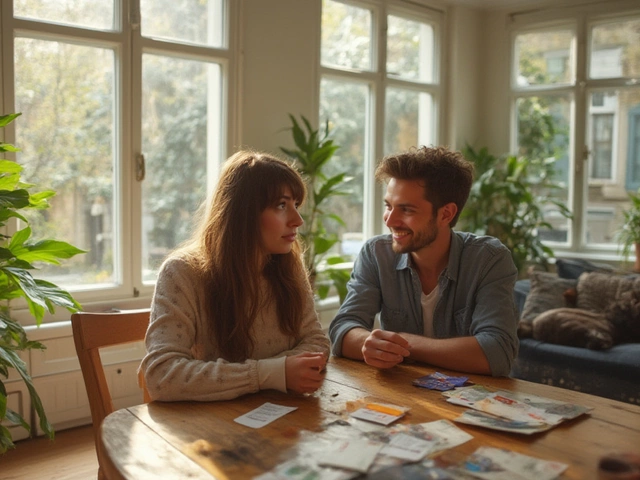Furniture Cleaning Made Simple: Quick Steps for Every Piece
Got a sofa, a wooden table, or a leather armchair that needs a little love? Cleaning furniture isn’t rocket science, but doing it right can stop stains, odors, and damage before they start. Below are the everyday actions you can take to keep every surface looking fresh and lasting longer.
Dust, Vacuum, and Protect
Dust is the biggest enemy of any furniture. Use a microfiber cloth or a soft brush to wipe down surfaces at least once a week. For fabric sofas and chairs, a handheld vacuum with an upholstery attachment pulls out hidden crumbs and pet hair that would otherwise grind into fibers.
After dusting, spray a light mist of water mixed with a few drops of mild dish soap on a cloth—never directly on the furniture. Wipe the wood or metal gently, then dry it immediately with a clean towel. This quick routine removes grime without soaking the material.
Cleaning Specific Materials
Wood furniture: Keep wood happy by using a dedicated wood cleaner or a simple 1:10 vinegar‑water solution. Apply with a soft cloth, follow the grain, and polish with a dry microfiber pad. Avoid harsh chemicals; they can strip the finish and cause warping, especially if the piece will be stored in a cooler place like a garage.
Upholstery: Spot‑clean spills right away. Blot (don’t rub) with a clean white towel, then apply a few drops of liquid detergent mixed with water. Test the solution on a hidden spot first. For deeper cleaning, rent a steam cleaner or hire a pro if the fabric is delicate.
Leather: Wipe with a dry cloth to remove dust, then use a leather‑specific cleaner or a mild soap solution. Condition the leather once a month with a leather balm; this prevents cracks and keeps the surface supple.
Glass and metal: A mix of equal parts water and vinegar works wonders. Spray, wipe with a lint‑free cloth, and finish with a quick dry to avoid streaks.
Don’t forget to check the underside of furniture and hidden crevices. Mice, mold, and moisture love these spots. A quick vacuum or a dry brush can keep pests away and stop mold from forming on cushions that have been stored in damp conditions.
Finally, protect your pieces by using coasters, placemats, and fabric covers. They act as a barrier against spills and everyday wear. Rotate cushions every few weeks so the weight is evenly distributed and the cushions keep their shape.
With these easy habits, cleaning becomes a quick part of your week rather than a dreaded chore. Your furniture will stay attractive, durable, and ready for any new décor ideas you want to try.



